The 964 acre Five Ridge Prairie, a dedicated state preserve in western Plymouth County, exemplifies the northern loess bluffs of western Iowa with a mixture of oak timbered valleys, native prairie ridge tops and west facing slopes. This unique loess landform site is home to several state threatened and endangered plant and animal species. It was also the site of the original wild turkey restoration stocking for Plymouth County. The public is invited to hike and enjoy Five Ridge year round. This is a very large, hilly park, so be sure you let someone know where you will be and when you will be back. Take a map along, and do not cross any fences. Crossing a fence will take you out of our park boundaries and will make it much harder to rescue a lost hiker. Mowed fire breaks offer a number of paths for hikers, snowshoers and cross country skiers alike. Fire breaks are typically mowed in July. Metal sign posts with the exit to the parking lot are clearly marked throughout the fire break system. Public hunting is permitted beginning the 3rd Saturday in September through January 31 according to Iowa DNR regular seasons and hours. Spring wild turkey hunting is permitted all day, each day per Iowa DNR seasons and regulations. It is unlawful to hunt badger, woodchuck, or fox at Five Ridge. No target shooting. text source: Plymouth County Conservation Commonly seen birds: Grasshopper Sparrow, Eastern Kingbird, Rose-breasted Grosbeak Birds to look for: Townsend’s Solitaire, Bobolink, Blue Grosbeak Other Inhabitants: White-tailed Deer, Red Fox, Coyote, Badger wildlife source: Loess Hills Audubon Society
Broken Kettle is a sweeping reminder of nature’s beauty. Not only is it the Nature Conservancy’s largest preserve in Iowa, but it contains the largest remaining prairie in Iowa. In 1999, the Conservancy found the prairie rattlesnake, an extremely rare species, at this site, making Broken Kettle even more important to the region. The Nature Conservancy welcomed a herd of 28 bison at Broken Kettle Grasslands preserve in the fall of 2008—an historic event benefiting the native prairie and the bison herd itself. The extensive prairie ridgetops feature a variety of plants and animals typically found further west in the Great Plains, and also provide a critical habitat for many species of prairie butterflies. This area also hosts the largest tract of contiguous native prairie left in the state. The terrain is steep and rugged in places and predominantly grasslands. Expect to see snakes, insects, grassland birds and breathtaking vistas while you hike. There are no official trails but hiking is permitted south of Butcher Road. text source: The Nature Conservancy Commonly seen birds: Field Sparrow, Bell’s Vireo, Dickcissel, Eastern Meadowlark, Western Meadowlark Birds to look for: Black-billed Magpie, Grasshopper Sparrow, Bobolink, Upland Sandpiper Other Inhabitants: White-tailed Deer; Bison; Coyote; Badger; Great Plains Toad; Plains Spadefoot; Dusted Skipper; Regal Fritillary; Ottoe Skipper; Pawnee Skipper. wildlife source: Loess Hills Audubon Society
The 580-acre Hillview Recreation Area contains a mixture of open grasslands, reconstructed prairie, oak woodlands, and wildlife habitat. The park also manages a herd of elk. Hillview has a series of trails that can be a short loop or can be combined to take a long walk through the park. Trails wind through oak forests, prairies, and around the pond. The trails are great places to observe the abundant wildlife in the park. There is also a mountain bike trail in the park. During the fall and winter, October 15 - January 10, parts of Hillview are open to public hunting. Should you choose to use the trail system during hunting seasons, please make yourself visible by wearing blaze orange and be aware of your surroundings. text source: Plymouth County Conservation
Originally named “Spirit Knoll” (a term coined by the previous owner of the property during the development of a proposed subdivision), the name Heendah Hills was approved by the State Preserves Advisory Board and pays homage to the American Indian identity of the preserve. Heendah is the phonetic pronunciation of “hinda”, meaning Great Horned Owl, in the Ioway/Baxoje language. The Great Horned Owl is a resident species of the region. High quality native prairie is present on approximately 23 acres on a ridge along the south edge of the preserve. An additional 26 acres of formerly grazed prairie with good representation of native plants (“prairie pasture”) is found in the northeast corner of the new preserve. Woodland (with bur oak and other tree species) and thickets form patches scattered on the landscape. Small patches of former cropland now dominated by a variety of volunteer plant species are found below the dam holding a 6-acre pond and in an old bottomland field in the far northeast corner of the preserve. text source: Loess Hills Audubon Society Commonly seen birds: Field Sparrow, Ring-necked pheasant, Dickcissel, Great Horned Owl Birds to look for: Grasshopper Sparrow, Bell’s Vireo, Great Crested Flycatcher Other Inhabitants: White-tailed Deer, Beaver, Badger, Coyote, Ball-nosed Hopper (insect) and Rainbow Grasshopper (first Iowa report of this species) wildlife source: Loess Hills Audubon Society
Knapp Prairie was donated to the Nature Conservancy by Barry and Carolyn Knapp in 1997. It is a rare example of mesic Loess Hills prairie growing on the lower portions of moderate slopes, saved from conversion to row crops or brome pasture by the tradition of cutting prairie hay. This site is an important seed source for the reconstruction of lower slopes and valleys at other nearby preserves. Knapp Prairie Preserve is dominated by tallgrass prairie species adapted to deeper, mesic loess soils. Knapp Prairie is also an important prairie butterfly conservation area. More than 900 regal fritillaries, orange and yellow butterflies, have been observed in a single survey at Knapp prairie, making it one of the largest U.S. populations of this butterfly. The Conservancy harvests seeds from the plants that attract these butterflies for use in restoring other prairies in the area. The terrain is steep and rugged in places and predominantly grasslands. Expect to see snakes, insects, grassland birds and breathtaking vistas while you hike. There are not any official trails but hiking is permitted throughout. text source: The Nature Conservancy
Hiking the Byways is a regular series by Golden Hills RC&D that features publicly accessible lands open to hiking on the three scenic byways in western Iowa that Golden Hills RC&D coordinates: Glacial Trail Scenic Byway, Loess Hills National Scenic Byway, and Western Skies Scenic Byway. Each Friday a blog post covers hiking areas in one county on one of the aforementioned byways. For questions about hiking on the byways, contact Seth Brooks ([email protected]).
0 Comments
Leave a Reply. |
Archives
June 2024
Categories
All
|
Address712 South Highway Street
P.O. Box 189 Oakland, IA 51560 |
ContactPhone: 712-482-3029
General inquiries: [email protected] Visit our Staff Page for email addresses and office hours. |
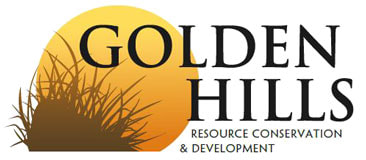
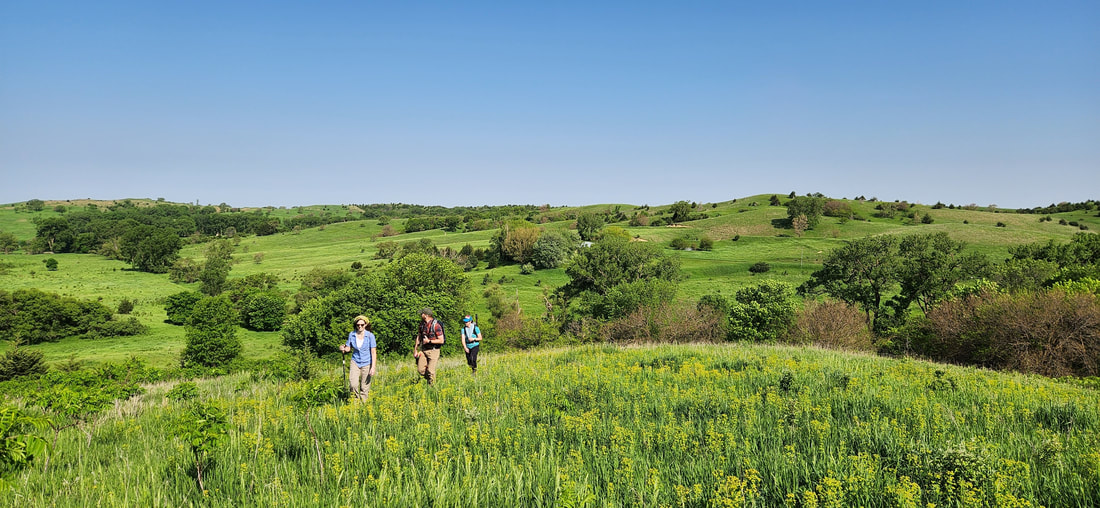
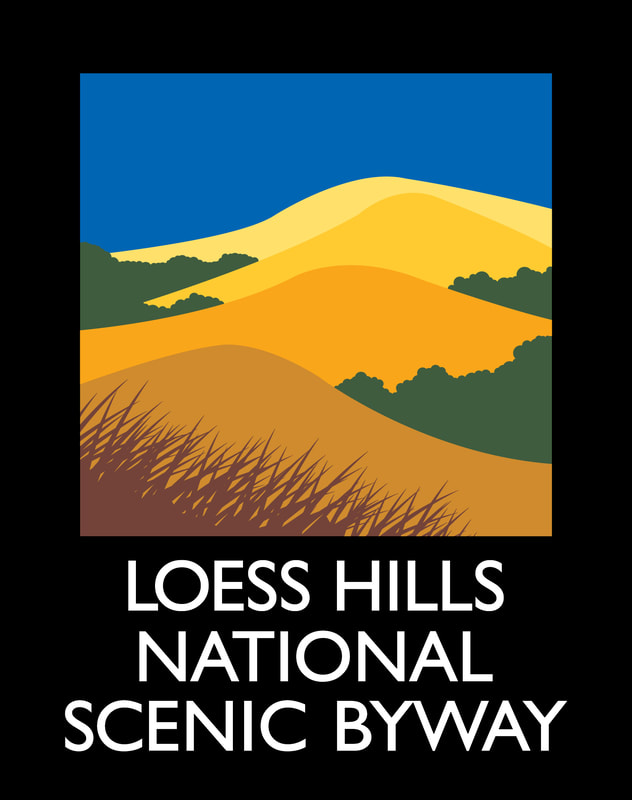
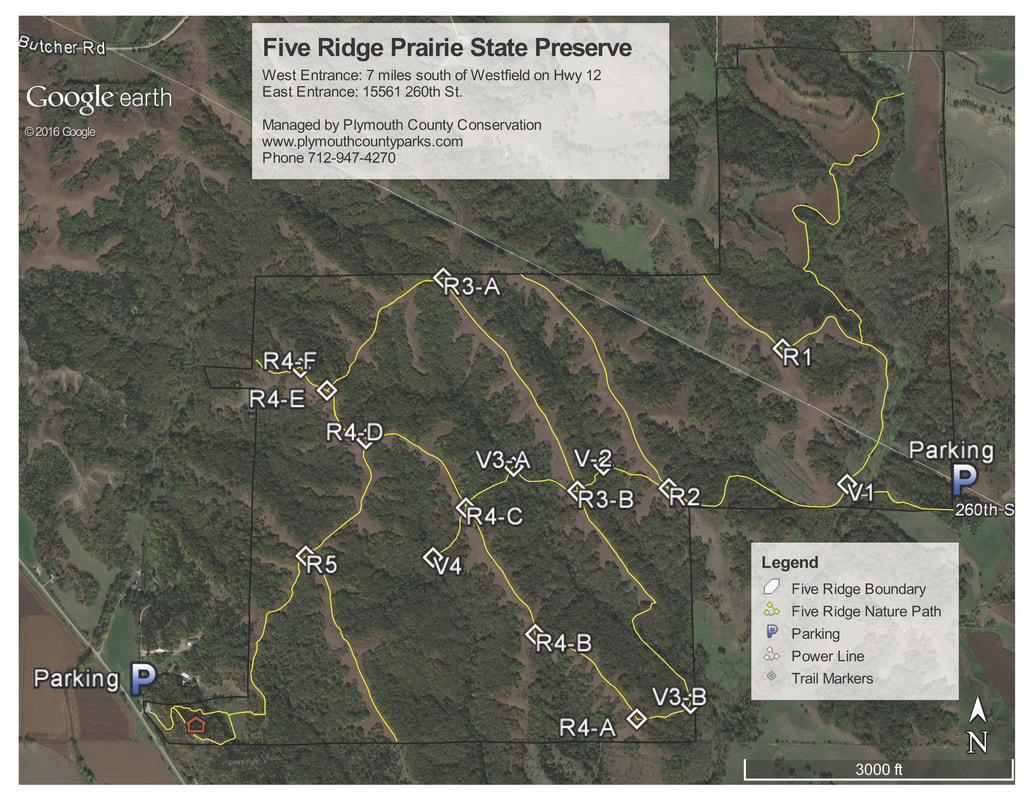
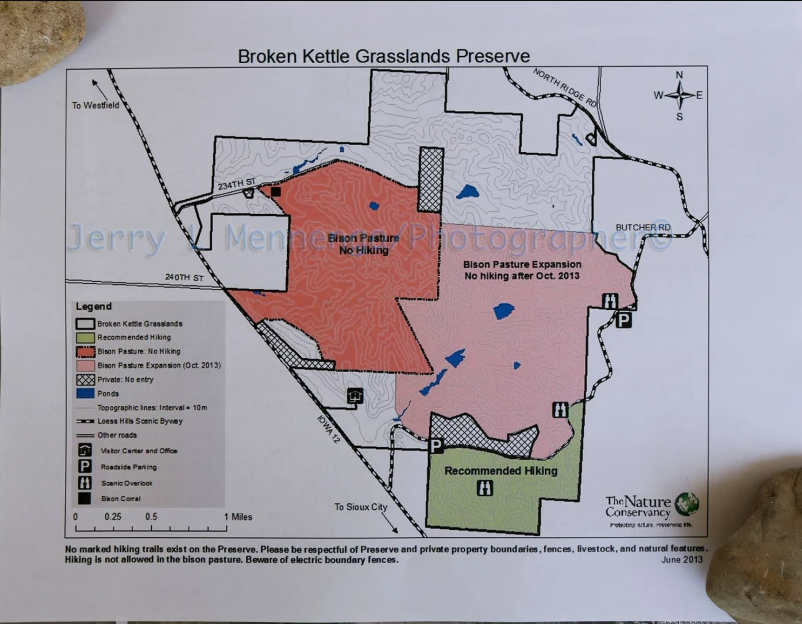
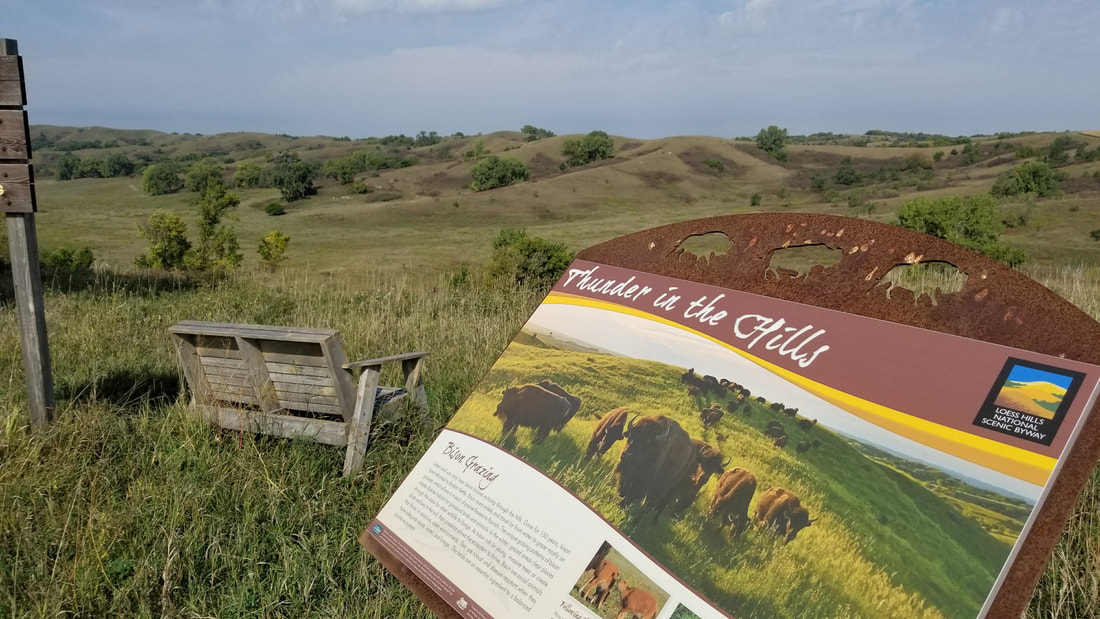
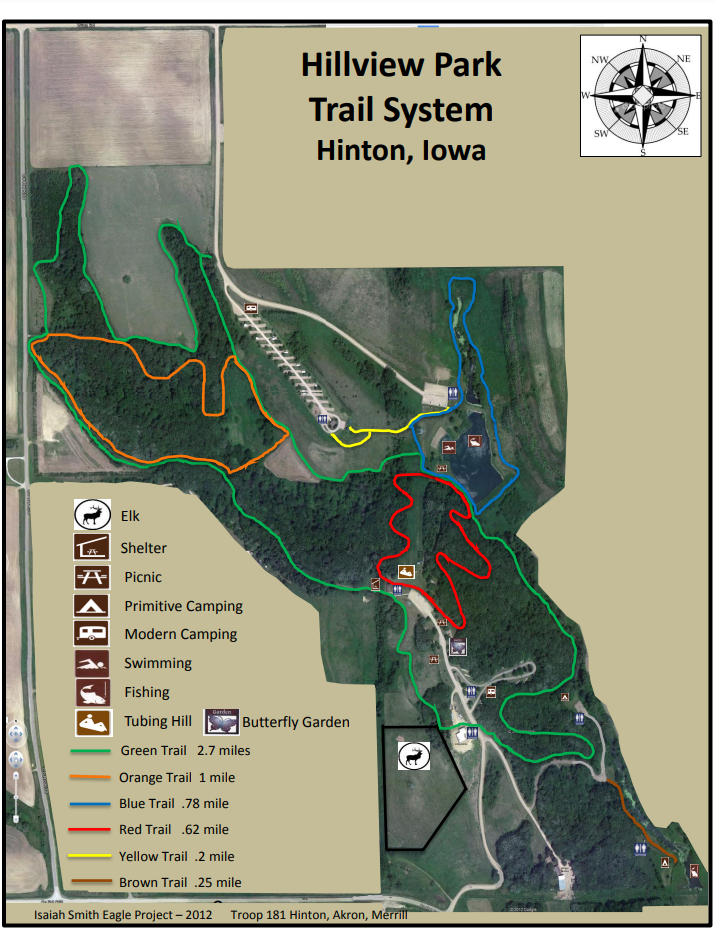
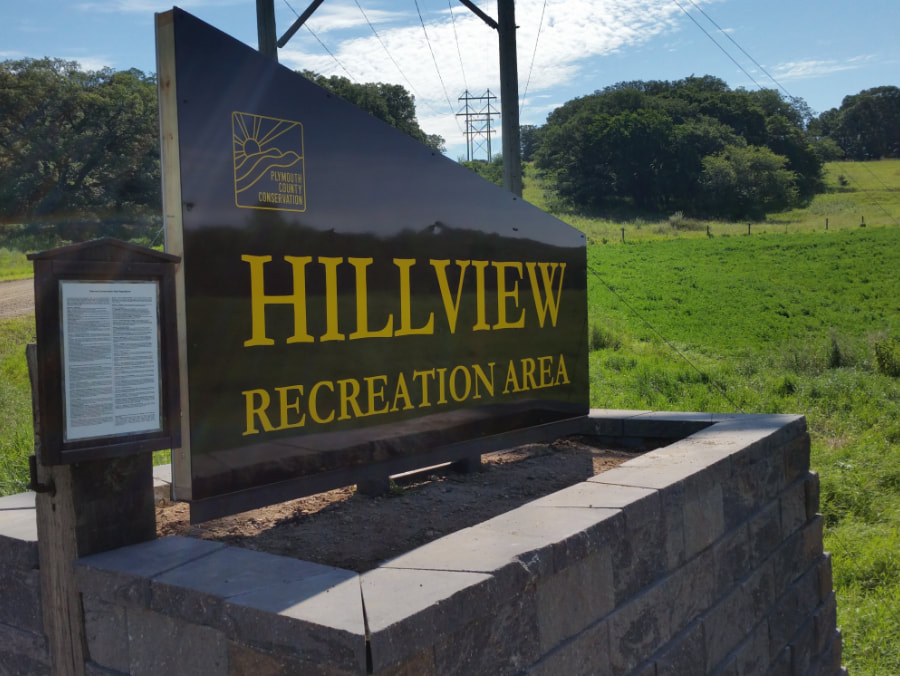
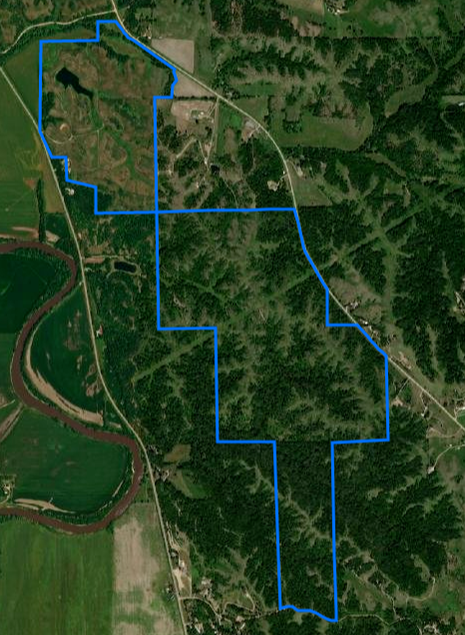
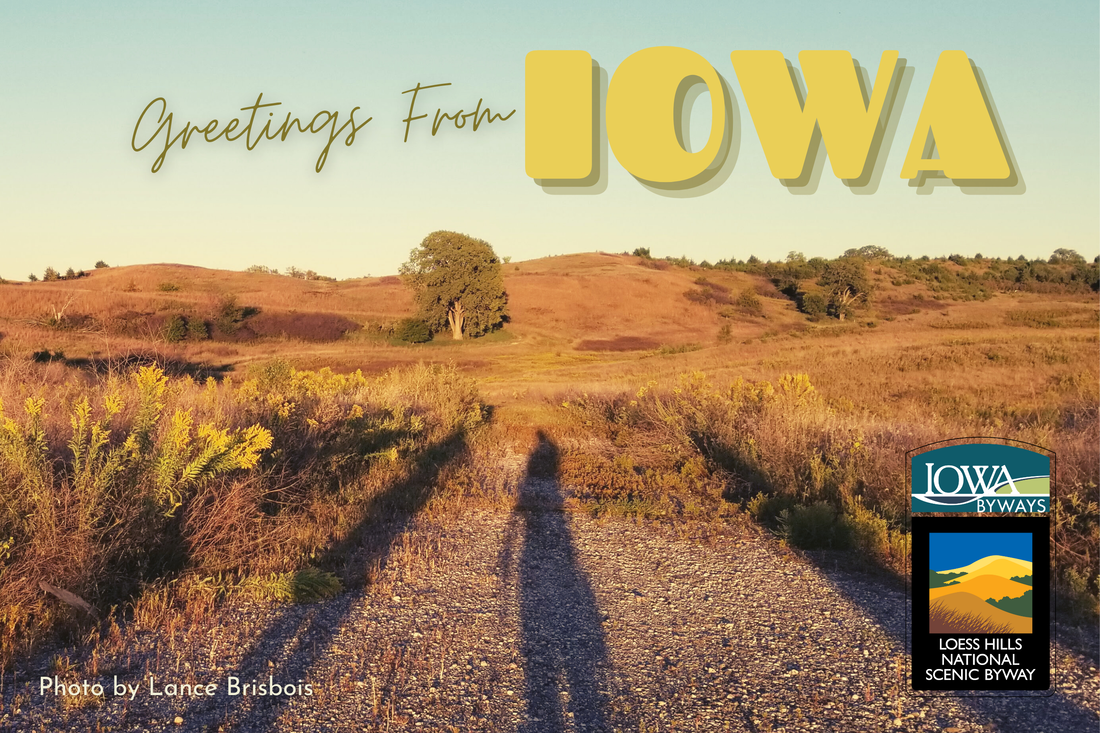
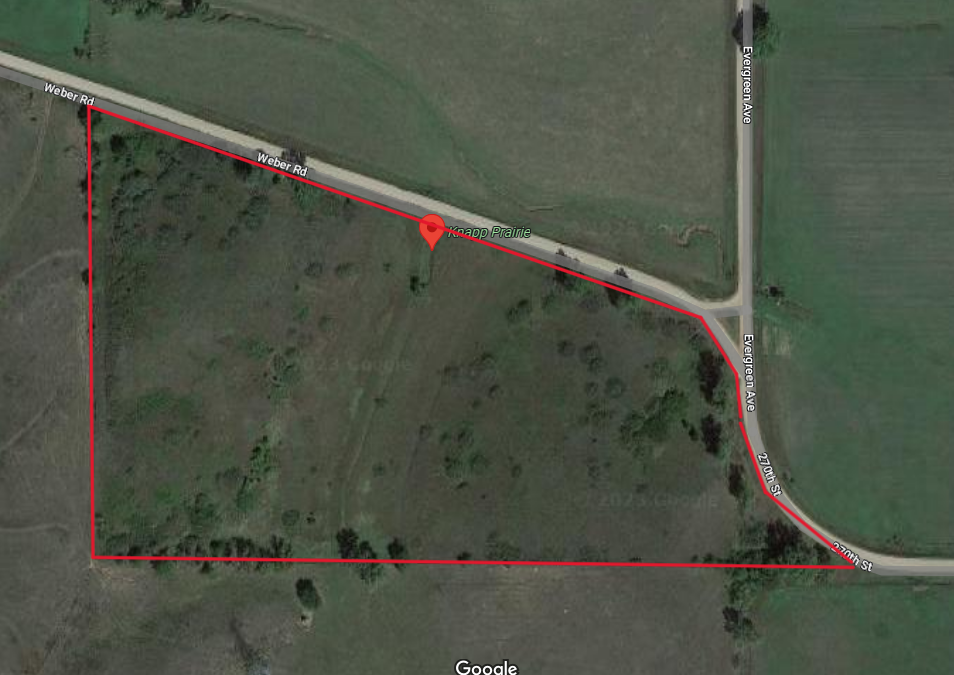
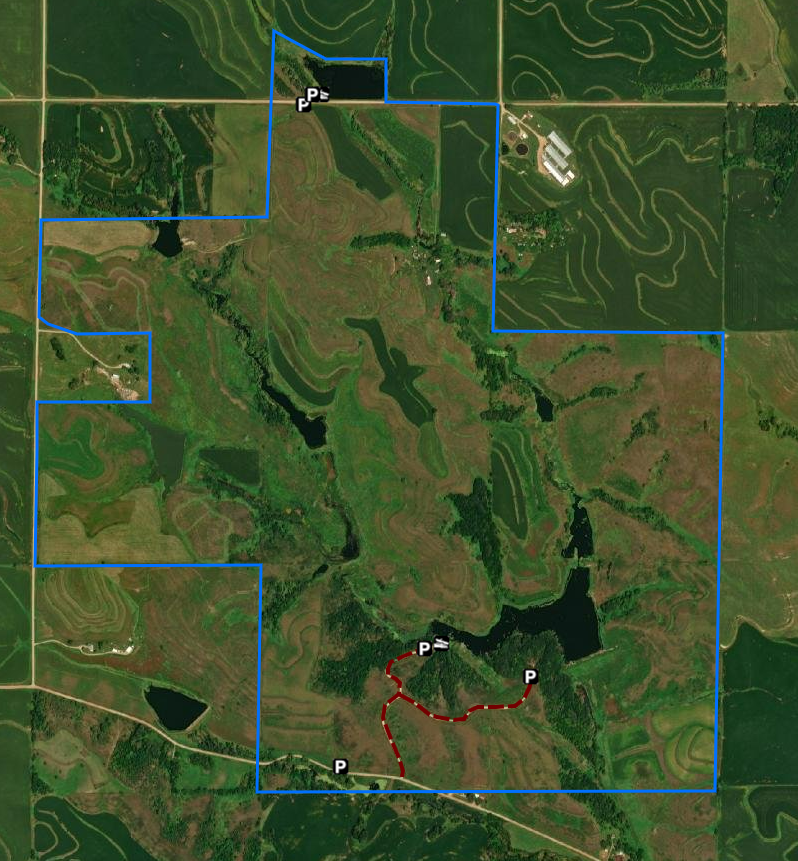
 RSS Feed
RSS Feed